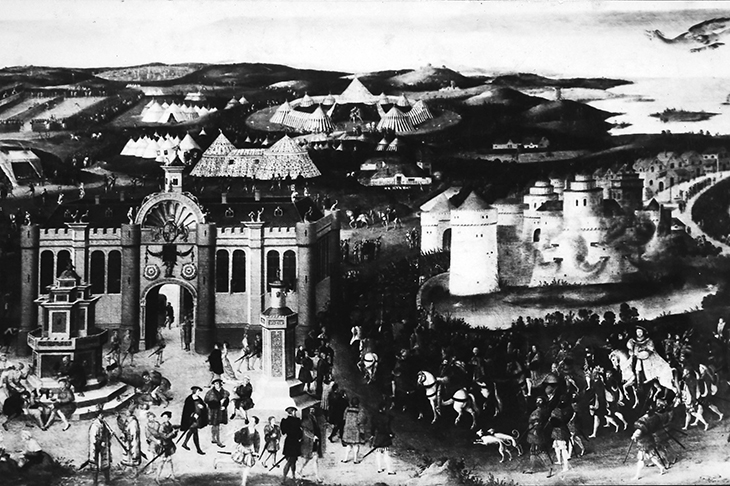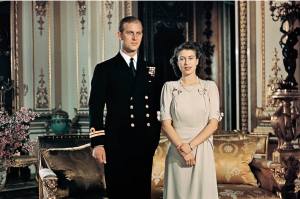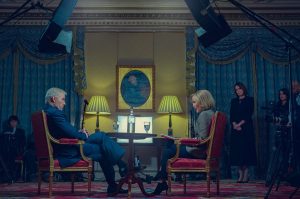Just over 500 years ago, Henry VIII, accompanied by a retinue of more than 5,000, had set out across the Channel from Dover for the small town of Guînes and the two-week festival of jousting, feasting and general splendor that came to be known as the Field of the Cloth of Gold. There he was to meet Francis I, king of France since 1515, 25 years old to Henry’s 29, and seen by Henry as a rival. On this occasion, however, Henry came to make peace, not war, at a meeting organized by Thomas Wolsey — Lord Chancellor and the rising power in England.
The ostensible goal was to cement the goodwill so painstakingly established two years before in the Treaty of London. This too had been Wolsey’s brainchild. Its aim was peace amid the turbulence of early 16th century Europe: Habsburg, Valois and Tudor — along with more than 20 other lesser European powers — agreed to a pact of mutual defense, whereby aggression from any one of the signatories would be met by the others’ united opposition.
It was hugely ambitious in its scope. It was also naive and doomed to fail. In 1520, however, Wolsey was determined to make it work. The best part of three months’ preparation had gone into upgrading the castle and environs at Guînes. Thousands of workmen had created a sea of tents and pavilions; no expense was spared, as all necessary supplies (not least the swathes of the sumptuous material from which the meeting took its name) were shipped over from England. Not for nothing was it known by contemporaries as ‘the eighth wonder of the world’.
The meeting itself did not disappoint. In a shallow valley just beyond Guînes, with the sides had been specially leveled out so that neither party could be deemed to have an advantageous position, Henry and Francis publicly embraced to the sounds of trumpets. The ensuing revelry, in which both monarchs took full and enthusiastic part, was to last for more than two weeks, and broke up with further expressions of amity and intentions of peace. It had all gone very well.
Within a couple of years, however, tensions had flared up again between France and Spain, and Henry was only too pleased to side once more with the latter. War soon broke out. Peace, what peace?
Yet in this there should have been little surprise, for the motivations for organizing the meeting were far from purely irenic. The Field offered both Henry and Wolsey the chance for personal gain: the young king could finally announce himself upon the European stage, while his Chancellor was able to secure international renown as the real power behind the throne. It was more than merely a vanity project, but personal ambition lay not far beneath the surface, and the meeting’s legacy was short-lived.
Half a millennium on, what is remarkable is how easily we can relate to all this. The fulsome glad-handing of official state visits; the extravagant shows of unity and professions of faith in grand European projects. Underneath it all lay self-interest, and if the Field of the Cloth of Gold suggests anything, it is that this is not going to change any time soon. Communication may have been unimaginably sped up, and the codpieces may have gone — but hard-nosed ambition? It’s not going anywhere.
This article was originally published in The Spectator’s March 2021 US edition.


















